Among various asana in yoga, the dolphin pose is one of the must-mentioned postures due to its significant benefits. It will help strengthen the shoulder, which is a weak point for most yoga beginners.
Although this posture is simple, not everyone can do it properly. If you are in the same situation, this article is what you need. So, read until the end to get hold of all the necessary information about this yoga stance.
What Is A Dolphin Pose?
Dolphin pose yoga Sanskrit, a shoulder and arm strengthening posture, is also known as Catur Svanasana Vinyasa or Ardha Pincha Mayurasana.
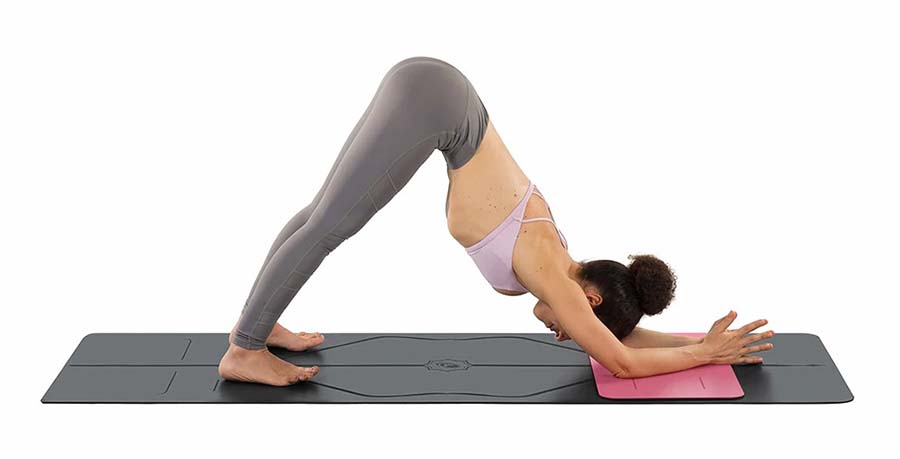
In Sanskrit, the word ‘Ardha’ means half, ‘Pincha’ means feathers, and ‘Mayura’ means peacock. When you do Ardha Pincha Mayurasana, your body forms an inverted ‘V’ shape. This posture is extremely similar to the downward-facing dog pose.
Dolphin position yoga develops the upper body while serving as a perfect warm-up for backflips. In addition, you will notice that your spine and shoulders have a wider range of motion as you practice.
Appealing Benefits Of Dolphin Pose
Stretches, Strengthens, Lengthens
The shoulders, arms, upper back, and legs are all strengthened and stretched in this posture.
As a result, it allows swimmers to maintain proper body position when swimming or volleyball players to pass the ball while hitting. Sports performance has improved dramatically since practicing this posture.
Chest, Diaphragm, And Breath
Maintaining a wide and active rib cage allows the practitioner to dive deeper into the asana. At the same time, this stance helps develop conscious deep breathing awareness. This way, it helps calm the brain and reduce stress and depression.
Stimulation And Organs
While doing this pose, it impacts the abs, chest, and back. As a result, it supports the stimulation of the respiratory organs and improves digestion. This posture also aids in stimulating the reproductive organs and relieves menstruation discomfort.
Improve Awareness And Focus
When you exercise, your blood regularly circulates, which improves memory. Thus, the yoga dolphin pose can reduce headache and fatigue symptoms and improve focus.
How To Practice Dolphin Posture: A Detailed Instruction
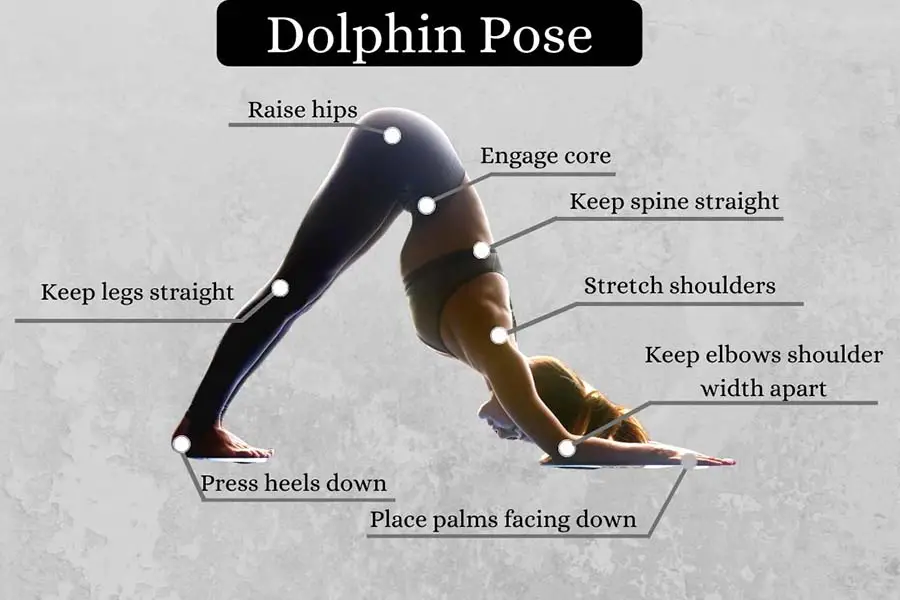
This section will introduce the dolphin pose sequence, which you should perform. There are three steps to perfecting this position in total.
Step 1:
Begin by raising your hands and lowering your knees to the mat. You need to keep your elbows directly beneath your shoulders and place your forearms on the mat. Next, bend your knees to below your hips and firmly press your palms together.
Step 2:
Curl your toes downward as you exhale. Maintain a slight bend in your knees while keeping your lower belly in. Finally, while curling your toes and keeping your legs straight, raise your back and buttocks.
Step 3:
Your shoulder blades should be secured to your back. The spine should be lengthened to the tailbone. Remember to place your head between your upper arms. Continue to raise the top of your sternum off the floor and lengthen your tailbone away from your pelvis.
Take 4 to 6 deep breaths and stay in the stance for 30 to 60 seconds. Bring your knees back to the floor and rest in the child’s posture to complete the pose.
Tips For Dolphin Pose
Forearm Position
Are you unsure whether to put your hands in a triangle or a square? Because the dolphin is a warm-up for forearm balance, we should concentrate on the wider square base. Do the dolphin with your arms parallel with a block or strap above the elbows.
Shoulder Alignment In Dolphin Pose
When practicing, make a straight line of your hips, elbows, and shoulders. The upper arms, head, and chest should be looking forward without moving over the shoulders. This will assist you in maintaining that ideal line while avoiding shoulder pain.
Dolphin Pose Shoulders On The Chair
You begin by placing a chair in front of you, kneeling in front of it, and putting your elbows on the chair’s surface. Then, you create a straight line from elbow to shoulder to hip.
This suggestion will assist you in determining a fulcrum without requiring you to change your posture. Those are all useful tips that we would recommend for you.
3 Common Dolphin Pose Variations
Press Down To Lift Up
The first step in this version is to intertwine your fingers and place your little finger in the palm of your hand. After that, you get down on your knees and raise your head off the floor.
Besides, you place your hands on the floor in a V shape with your forearms. Then, straighten your legs after reaching your shoulders and hips away from your elbows in a straight line. You hold for about 15 breaths before lowering your knees to the mat.
Forearm Plank
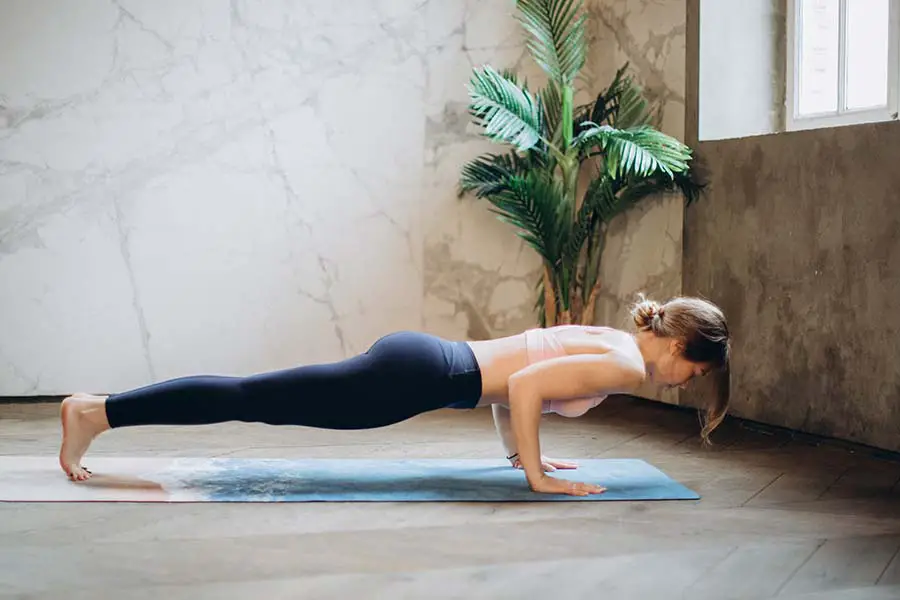
You prepare a block and a strap first since they will keep the hands from slipping towards one other. Next, you lay a block in front of your mat and slide the rope loop right above your elbow.
You make an L shape with your thumbs and index fingers and place your hands on either side of the block. Step back so that your body is as straight as a wooden plank in the next step.
Press your heels back and lift the tops of your thighs to the ceiling to focus on your center of gravity. You should strive to hold for 10 to 15 seconds before ending this variation.
This version is more complicated than the original one. As a result, it can significantly strengthen your forearms, shoulders, and abdominal muscles.
Downward Dog To Dolphin
You should also prepare a block or a strap in this variation. Then, keep your forearms parallel to each other so that your wrists and elbows are shoulder-width apart.
Finally, you need to raise your hips to the ceiling. In this variation, you will tiptoe instead of placing your heels on the floor. This one is more suitable for beginners who can’t suffer the straight leg stretch.
Keep staying in this posture while taking 4-5 deep breaths or around 30-40 seconds.
Things To Take Into Account
The dolphin posture is a good position to start for beginners. This pose, however, is not for everyone. To avoid undesirable outcomes, please read the following notes.
Injury And Surgery
Do not practice it if you have a shoulder, back, arm, or neck injury. Furthermore, persons who have ever had a herniated disc or a lower back injury should avoid this posture.
Breathing
Because this is an inverted yoga stance, yogists should have a basic understanding of how to breathe in and out. This stance is not recommended for anyone with high blood pressure or asthma. They may otherwise feel suffocated during practice.
Physical Strength
According to experts, this stance is best practiced early in the morning. At the very least, wait 3-5 hours after your meal to practice.
Moreover, putting pillows or blankets beneath the elbows and forearms is more comfortable for some practitioners. This makes it easier for us to maintain the stance for long periods.
People with weak knees may maintain their knees slightly bent or bend over the mat. And those having stiff necks can also arrange pillows or blankets beneath their heads to minimize neck pain in this position.
In Summary
Dolphin pose yoga is a perfect way to start with a newbie. It helps strengthen your muscles and your mind simultaneously. Thus, you can practice this interesting stance at home to re-energize yourself for upcoming activities.
This article has provided you with a detailed guide and valuable tips to do this posture properly. Do not hesitate to share it with your friends and practice together. Enjoy the yoga time!


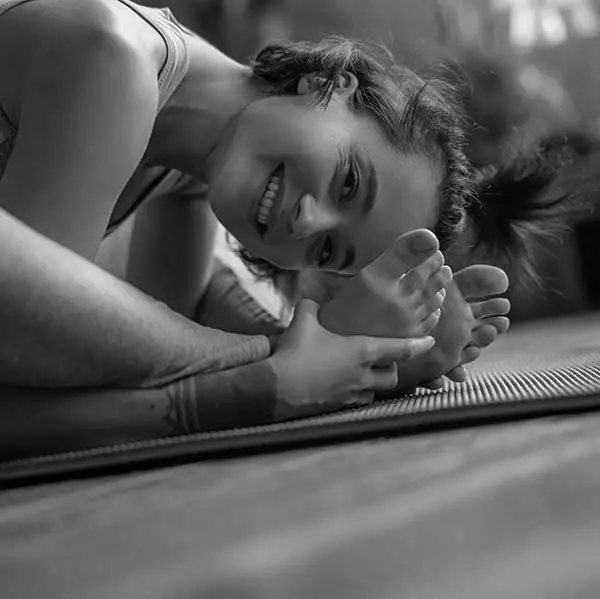
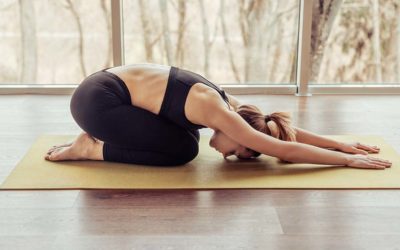
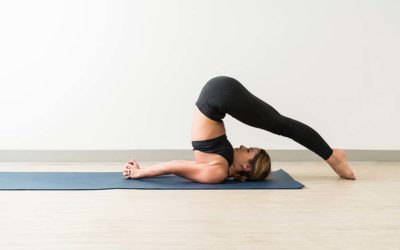
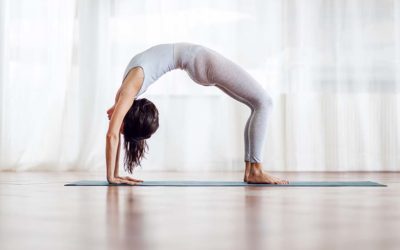
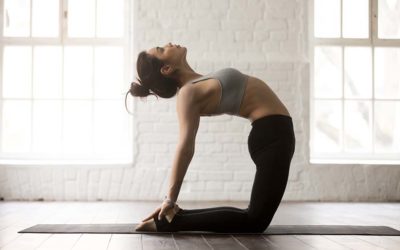
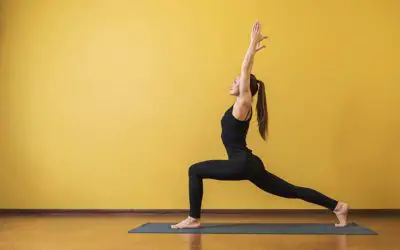
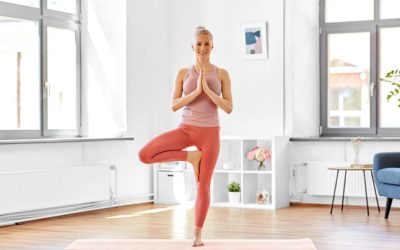
0 Comments